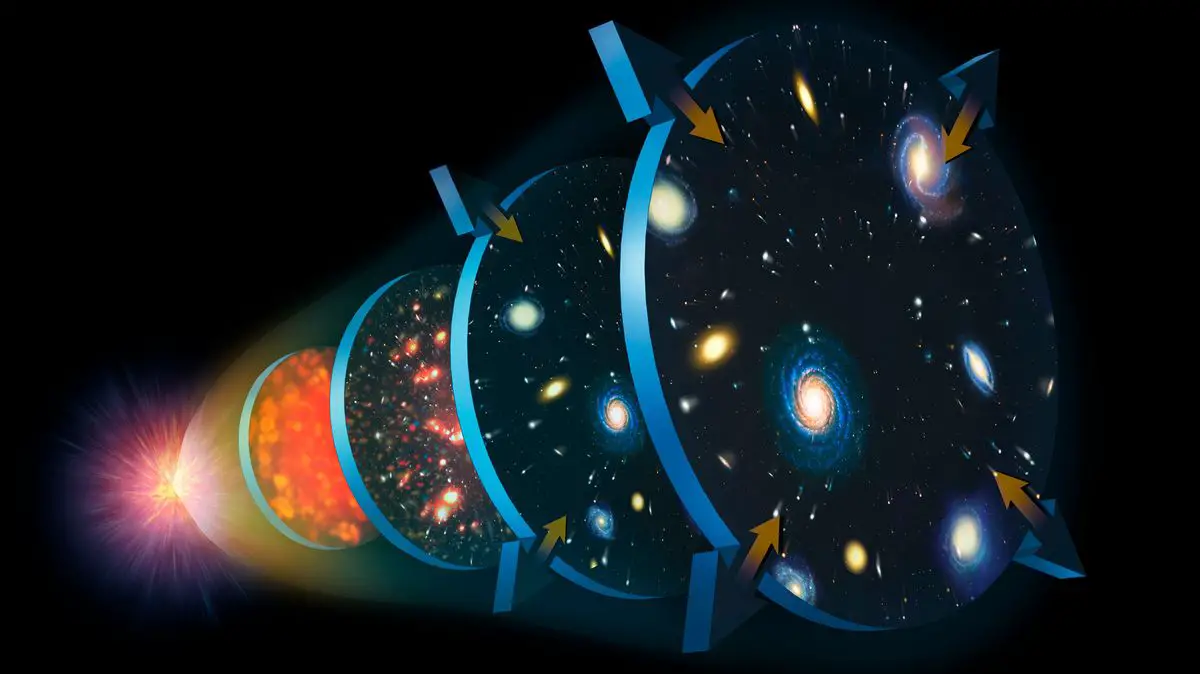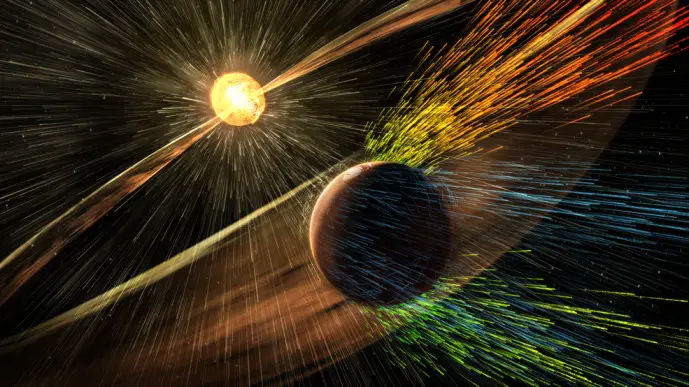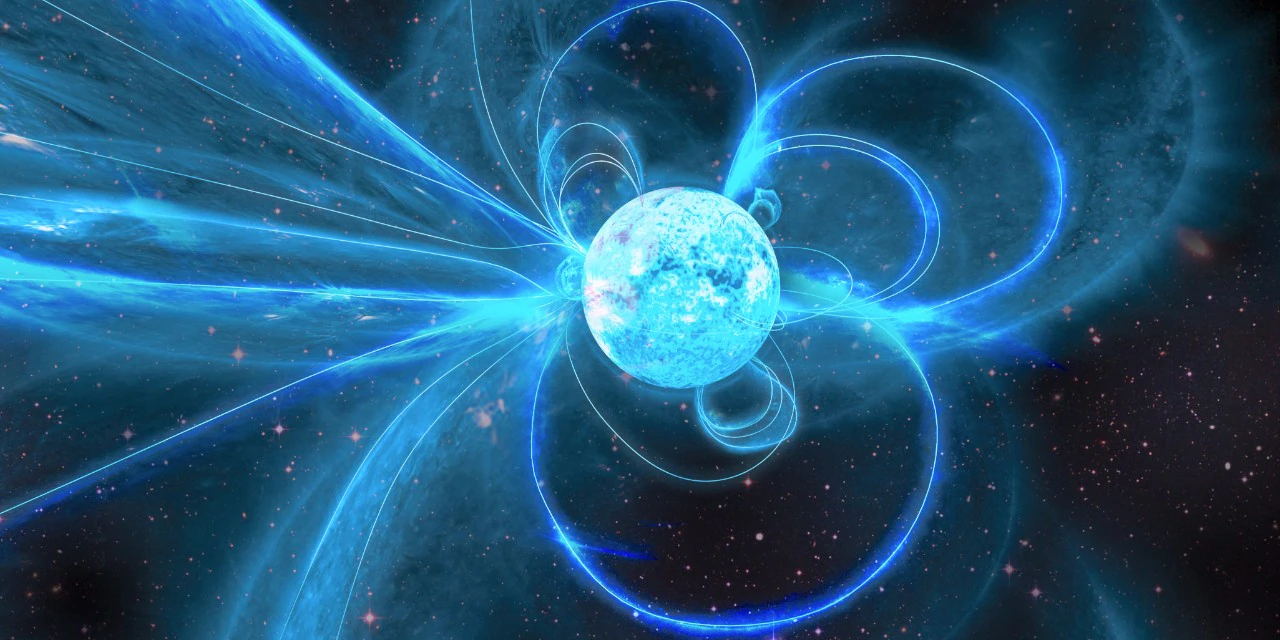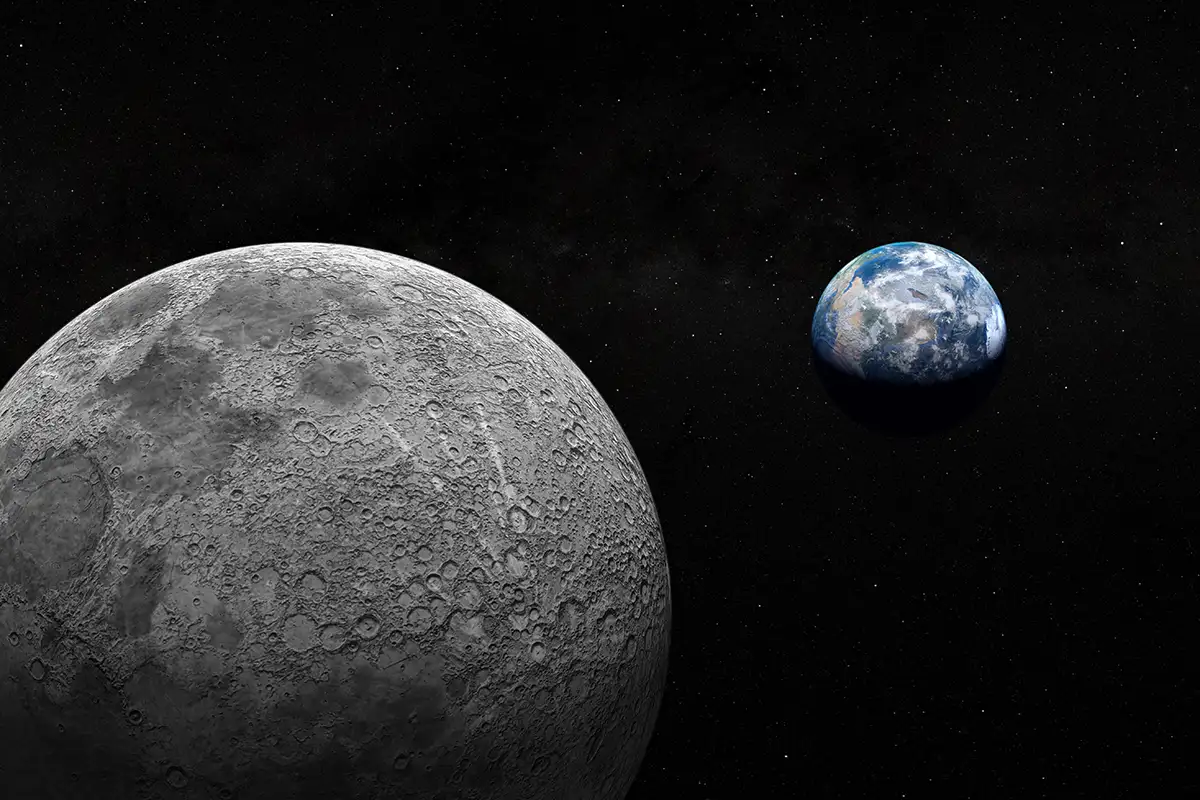Even light-speed signals can’t reach galaxies beyond 18 billion light-years due to space expanding too fast.
TL;DR
In an expanding Universe, galaxies beyond 18 billion light-years are unreachable, even if we send a light-speed signal today. The expansion of space, not objects themselves, causes these galaxies to appear as though they’re moving faster than light. As space expands, light is stretched, a process called redshift, making galaxies seem to accelerate away from us. This phenomenon doesn’t break the laws of relativity since space itself isn’t bound by the speed of light. The farther we look, the more we realize that many galaxies will remain beyond our reach forever.
“My theory is the speed of light is calculated incorrectly as it is based on reflected light speed divided by 2. However, it is evident light bends around mass, and the universe continues to expand, providing variables that are estimated in the theories. My hypothesis states that as mass, space, and time are relevant, time was incredibly slow in the beginning and light traveled incredibly vast distances through space, impacting mass by the time the first second had passed!” Don’t forget to discuss this topic below in the comment section!
_____________
If there’s one universal rule everyone knows, it’s that nothing can surpass the speed of light in a vacuum. Massive particles not only can’t exceed that speed but can’t even reach it, only approach it. If you’re massless, your only option is to move at the speed of light in a vacuum or slower in other mediums. The faster you move through space, the slower you experience time, and vice versa. This is a fundamental principle of relativity, leaving no room for exceptions.
Yet, when we observe distant objects in the Universe, they seem to challenge our common sense. Precise observations show that the Universe is 13.8 billion years old. The farthest galaxy we’ve detected is 32 billion light-years away, and the most distant light comes from a point 46.1 billion light-years away. Any galaxy more than 18 billion light-years away is unreachable, even if we sent a light-speed signal today.
However, this doesn’t violate the speed of light or relativity laws; it only contradicts our intuition about how things should behave. Here’s what everyone should understand about the expanding Universe and the speed of light.
The phrase “nothing can travel faster than the speed of light” is true, but what does it actually mean? Most people interpret it like this:
– You observe an object, tracking its movement over time.
– You record its position and the time of observation.
– By applying the definition of velocity (distance change over time), you calculate its speed.
– Regardless of the object, the velocity should never exceed the speed of light.
This understanding holds in most cases but doesn’t apply universally. It assumes space is flat, uncurved, and unchanging—like in Euclidean space, the kind we usually imagine. But the real Universe can’t be accurately described this way. Instead, it follows the rules of General Relativity, which considers space-time as dynamic. The key points are:
– Space can expand or contract.
– Space can be curved, not necessarily flat.
– The laws of relativity apply to objects moving through space, but not to space itself.
When we say “nothing moves faster than light,” we mean nothing moves faster than light through space. It says nothing about how space itself behaves.
Space doesn’t expand at a speed. We live in an expanding Universe, and scientists have measured the expansion rate—the Hubble constant. The present rate is between 66 and 74 km/s/Mpc. For every megaparsec (3.26 million light-years) away a distant object is, it seems to move away at 66-74 km/s.
But this is tricky because the object isn’t really moving through space at that speed; it’s the space between us and the object that’s expanding. So, when objects are far enough away, they can seem to move away faster than the speed of light, but that doesn’t break relativity—it’s the space between us that’s expanding.
A helpful analogy is the “raisin bread” model. Imagine dough with raisins inside. As the dough rises, it expands, and the raisins move farther apart. The raisins (galaxies) aren’t moving themselves; it’s the dough (space) expanding between them.
The expansion rate depends on the amount of “stuff” in space. As the Universe expands, the density of matter and radiation drops, but the energy in space itself (dark energy) remains constant, dominating the Universe’s future.
When we observe distant galaxies, we see light as it reaches us now. The light has been stretched by the expanding Universe, a process called redshift. The farther away the object, the more its light is redshifted. This isn’t because the object is moving away faster than light, but because space is expanding. Over time, the redshift increases, making it seem like galaxies are accelerating away, but this is just the result of space expanding.
The farthest galaxy, GN-z11, emitted its light 13.4 billion years ago and is now 32 billion light-years away. Some distant objects beyond 18 billion light-years are forever beyond our reach because space expands too quickly for their light to ever reach us. Nothing moves faster than light, even in an expanding Universe, and this might mean most galaxies will remain unreachable forever unless we find a way to overcome this barrier.




Remember, everything we think we know is based on the idea that we as humans, from our tiny pale blue dot, know what’s out there, when in reality we haven’t the slightest idea.
Plus, the standard model had a recent setback due to the mass of a new particle being higher than predicted.
Our human knowledge is finite, while our universe may very well be infinite.
My theory is the speed of light is calculated incorrectly as it is based on reflected light speed divided by 2. However it is evident light bends around mass and the universe continues to expand providing variables that are estimated in the theories. My hypothesis states that as mass space and time are relevant, time was incredibly slow in the beginning and light travelled incredibly vast distances through space that at such time that mass was already impacted by light by the time the first second had passed!
Its so painfully tragic how the more of the universe we can see, the less we can ever hope to even signal. Very humbling.
I can’t believe this is the first time I have learned the difference between observable universe and sphere of inaccessibility
Or even if their was a difference
In the “raisin bread” metaphor, the raisins may remain the same, but the “bread” expands because elements in the dough (space) are converted into a gas. These are bubbles. In his book -Geons, Black Holes and Quantum Foam- John Wheeler sees these bubbles as a “quantum foam”. The question is, as the universe expands, (i.e. more space between objects) does the bubble expand or are there more of them.